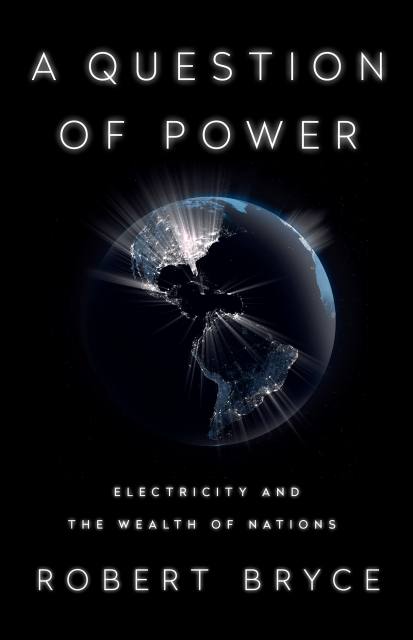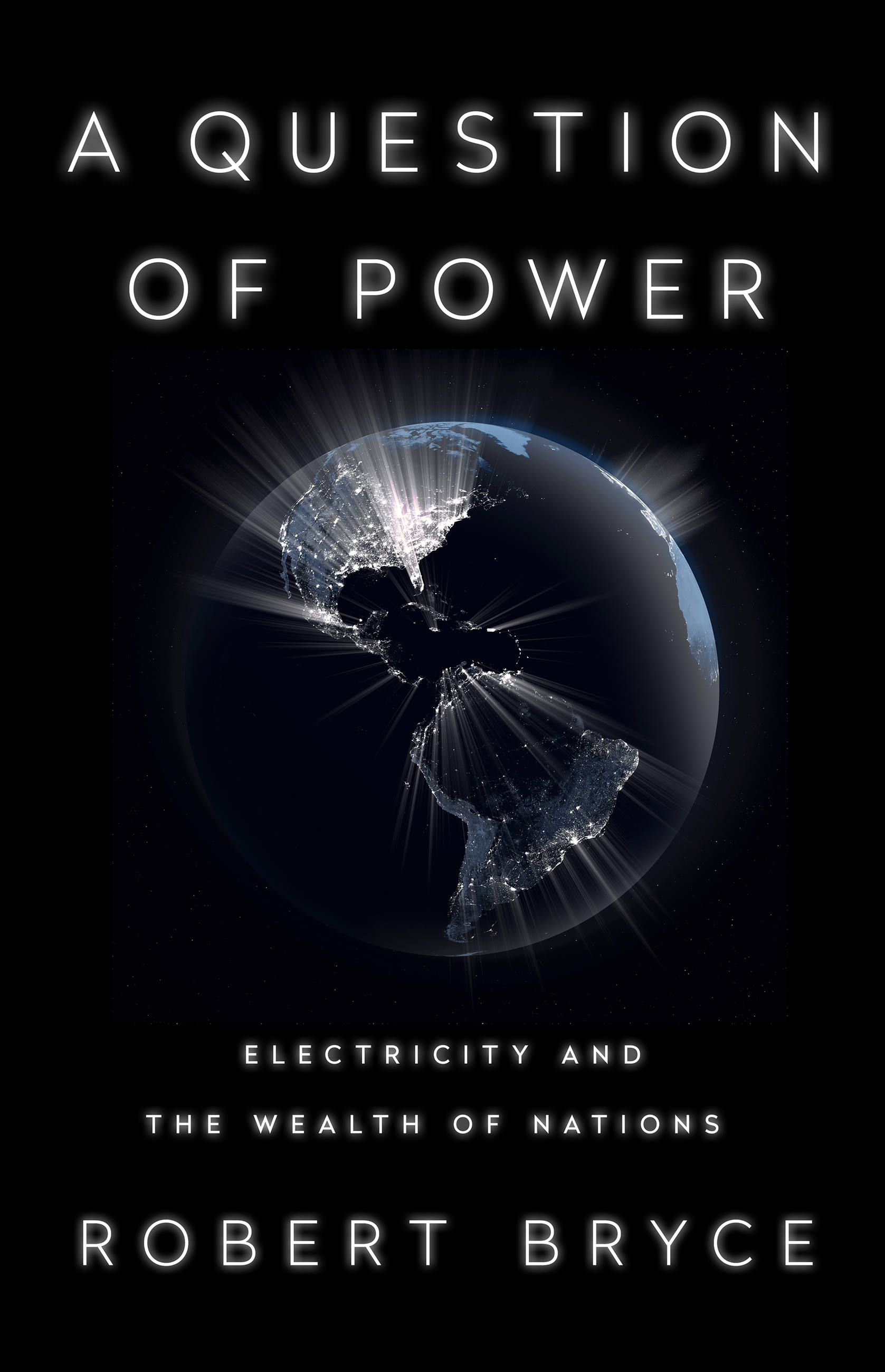Promotion
Use code BEST25 for 25% off storewide. Make sure to order by 11:59am, 12/12 for holiday delivery!
By clicking “Accept,” you agree to the use of cookies and similar technologies on your device as set forth in our Cookie Policy and our Privacy Policy. Please note that certain cookies are essential for this website to function properly and do not require user consent to be deployed.
A Question of Power
Electricity and the Wealth of Nations
Contributors
By Robert Bryce
Formats and Prices
- On Sale
- May 16, 2023
- Page Count
- 368 pages
- Publisher
- PublicAffairs
- ISBN-13
- 9781541736054
Price
$21.99Price
$28.99 CADFormat
Format:
- Trade Paperback $21.99 $28.99 CAD
- ebook $11.99 $15.99 CAD
- Audiobook Download (Unabridged)
This item is a preorder. Your payment method will be charged immediately, and the product is expected to ship on or around May 16, 2023. This date is subject to change due to shipping delays beyond our control.
Buy from Other Retailers:
Global demand for power is doubling every two decades, but electricity remains one of the most difficult forms of energy to supply and do so reliably. Today, some three billion people live in places where per-capita electricity use is less than what’s used by an average American refrigerator. How we close the colossal gap between the electricity rich and the electricity poor will determine our success in addressing issues like women’s rights, inequality, and climate change.
-
"Informative and highly readable"Foreign Affairs
-
“Energy is our primary defense against poverty, disorder, hunger, and death. Meeting soaring global demand for abundant, affordable, and clean electricity is among the greatest challenges of the twenty-first century. In this book, energy analyst Robert Bryce provides an engaging and rational analysis of a topic that is both fascinating and timely.”Steven Pinker, Johnstone Professor of Psychology, Harvard University, and author of Enlightenment Now
-
“Electricity is essential today and fundamental to the future. Nobody understands or explains this better than Robert Bryce, as he chronicles the ingenious technologies that both generate and consume electricity to make modern society work. Fluently told, jam-packed with fascinating facts, and unflinching in its honesty, this book should be read by everybody who cares about energy.”Matt Ridley, author of The Rational Optimist and How Innovation Works
-
"Shocking revelations about electricity.... A robust look at where the juice flows around the planet-and its planetary implications."Kirkus Reviews
-
"Of all the aspects of modern life in the developed world, flipping a switch and having the lights come on ranks as one of the most underrated. It's good to be reminded, as Bryce does through powerful examples, that such convenience was unheard of until the late nineteenth century...In this wide-ranging history of electricity, power expert Bryce takes readers beyond the table lamp and microwave to demonstrate how crucial safe, dependable, and plentiful electricity is to a host of contemporary innovations, from cryptocurrency mining to marijuana cultivation."Booklist
Newsletter Signup
By clicking ‘Sign Up,’ I acknowledge that I have read and agree to Hachette Book Group’s Privacy Policy and Terms of Use







